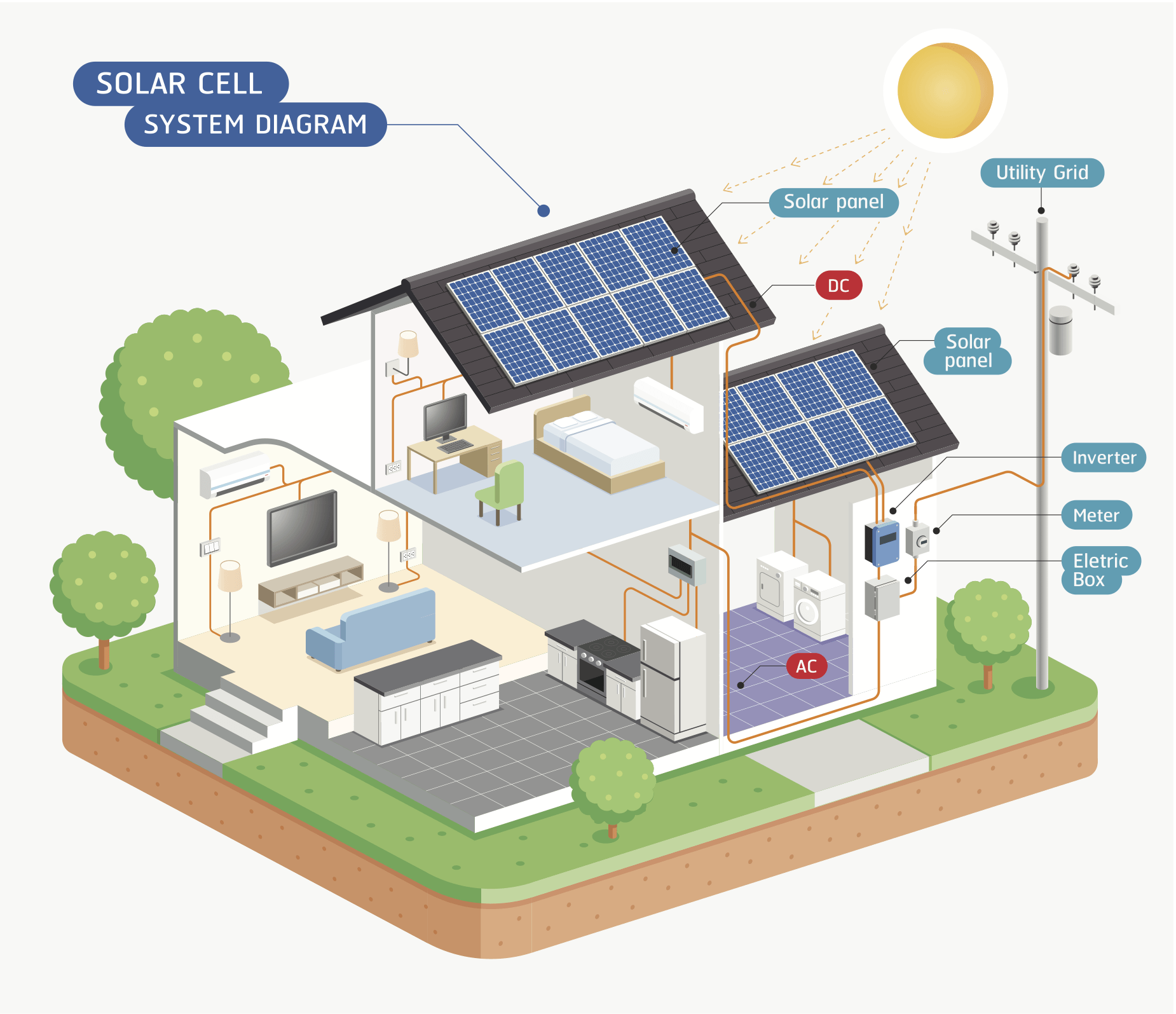Decarbonising Homes
DECARBONISATION IN THE UK HOUSING SECTOR
Homeowners are responsible for reducing carbon emissions by replacing gas boilers to meet the UK government's Net Zero target by 2050 (https://www.gov.uk/government/publications/net-zero-strategy). Gas boilers emit carbon dioxide into the atmosphere, which is detrimental to the environment and causes climate change. The UK government's Net Zero target has made various local councils in England declare a climate and environment emergency (https://www.pledge2030.uk/councils-for-2030/).
The implication is that homeowners need to replace the existing gas boilers with heat pumps.
Heat pumps could be air source heat pumps (ASHP) and ground source heat pumps (GSHP).
Installation of heat pumps, be it ASHP or GSHP depends on several factors, so would require expert advice from accredited installers to correctly gauge the sizing and capacity of the heat pumps.
These are some fundamental factors homeowners should consider before installing ASHP or GSHP.
- Home insulation: Homeowners should ensure the insulation is adequate, with no roof damages or leaks that would cause heat loss after installation. Repair works must be carried out before installing ASHP or GSHP. The age of homes will indicate to homeowners to insulate before installing air source heat pumps or ground source heat pumps.
- Windows should be double-glazed or triple-glazed to minimise heat loss.
- Examine your home EPC to establish the required energy efficiency measures to improve the property's energy efficiency. If there is no EPC, do not worry; discuss it with the renewable energy heat installers, and the heat pump installers will arrange to get it done.
- Efficiency of the ASHP or GSHP varies with technology and quality, measured as "coefficient of performance" (COP)
- Establishing whether to use ASHP or GSHP should be the remit of the accredited installers despite the differences in COP.
- The refrigerant global warming potential (GWP) should be within the Green House Gas protocol
- Data analysis of the building, such as heat loss calculation and electricity and gas consumption, are prerequisites for the ASHP or GSHP capacity and sizing of the property rooms.
- Installers are to ascertain if existing radiators are compatible with the proposed ASHP installations for the property.
- Engage with the expert ASHP or GSHP expert continually to avoid the wrong installation that may lose potential revenue.
- Most importantly, installer of heat pumps must be accredited and trained, and experienced in the particular heat pumps technologies.
- Always consider solar panels installation for your property to generate electricity for the proposed heat pumps because ASHP uses 1kW of electricity to generate 3kW of heating for your home.
- Installing ASHPs and GSHPs correctly gives homeowner adequate heating for the various rooms and peace of mind.
To find out more about making the switch and get an energy consumption evaluation today, get in touch.
Contact us to book your Site Suitability Survey.
Share This Article...



